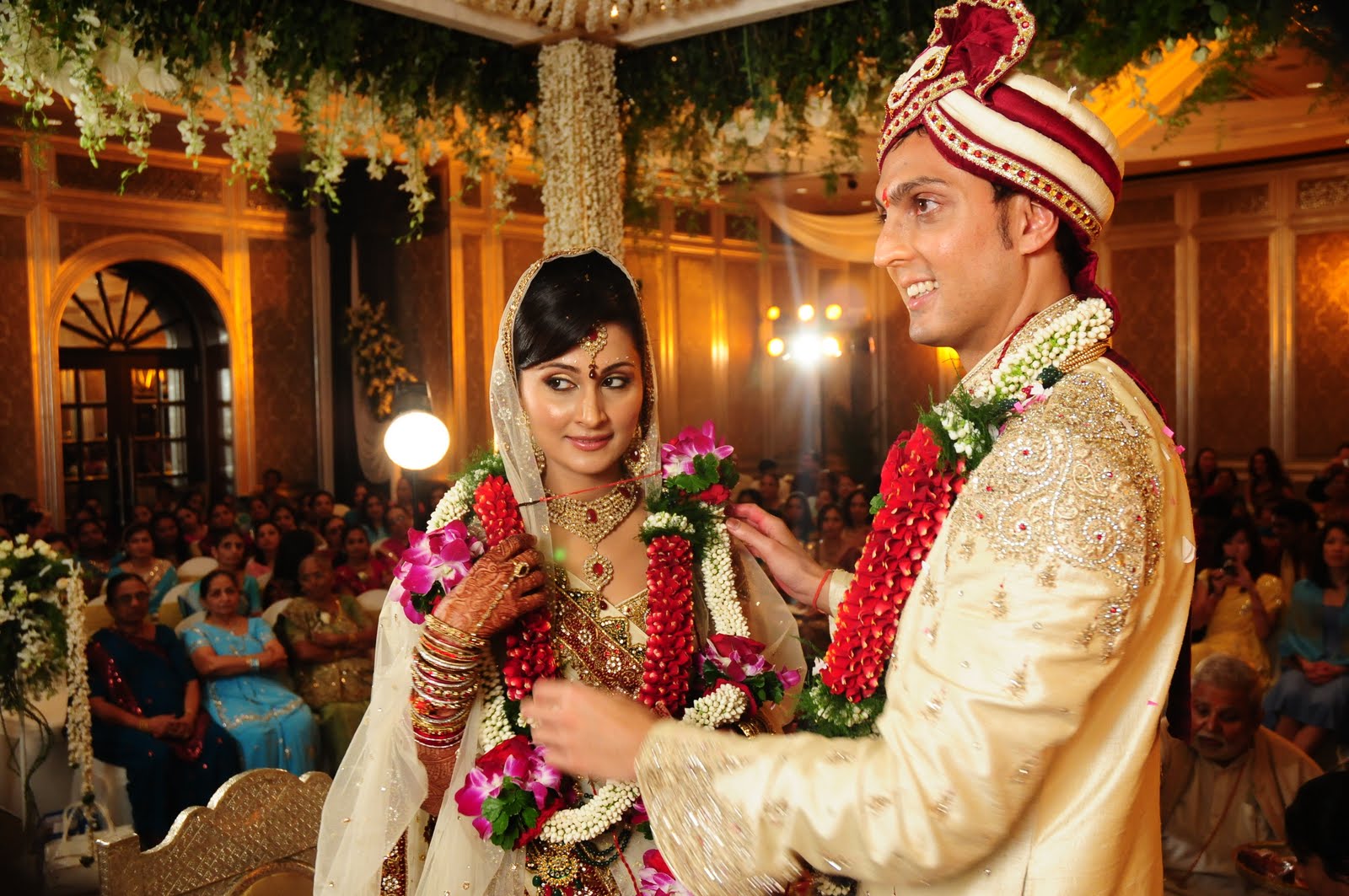Let me tell y’all about the time I went to India and got slapped clean across the face by a little something called enlightenment.
While it happened about a year ago, the sting is still fresh. India is pretty hard to describe. Her rich culture, vibrant colors, and intoxicating spices are unlike anything I’ve ever experienced. Growing up around Guyanese-East Indians, I thought I knew everything about the Indian culture. What I wasn’t prepared for was how deeply rooted East Indians are in tradition.
The memory is still vivid. I was honored to receive an invitation to attend my friend’s wedding in Mumbai. Recalling how fascinated my mom was with East Indian culture, I invited her on the trip. She was more hype than a little bit. No…really. It got embarrassing. But, I’ll get back to that.
Now, I’ve always laughed at folks who’d return from India proclaiming enlightenment and transformation mumbo-jumbo. I figured only uber-hippie-vegan-yoga-weirdoes say stuff like that. Yet, lo and behold, I stood painfully corrected.
To be honest, I went into the trip slightly guarded. I wasn’t about to come back to Brooklyn tainted with whatever strange, inescapable enlightenment people seemed to get infected with after visiting India. I’m way too cool for that. I wasn’t sure how or when enlightenment would happen. But, I definitely wasn’t going to get blindsided by it. So I kept my eyes open. Everything and everyone was a potential illumination assailant.
The first few days were fine. We strolled along Mumbai’s Back Bay, observing smiling friends and smitten lovers. We admired the lively-shaded saris donned by the Indian women. Pretty normal. No life-changing events there. I continued to observe. My mom, the infinitely enthusiastic tourist, insisted on practicing her Indian accent with everyone we encountered. Problem is, she’s not Indian, so it sounded funny. Bless her heart, she just wanted to relate.
We meandered along the bustling Colaba Causeway for a mini shopping spree. Adorable little monkeys leapt across rooftops, prompting the delightful sounds of laughing children. Traditional culture collided with new-age ideas at every turn. All pretty cool, but still—no enlightenment. This carried on for several days as I repeatedly thought, “What’s the big deal?”
Then, came the day of the wedding. We woke up at the crack to attend my dear friend’s 11-hour nuptials. I should mention that the ceremony was rendered completely in Hindi—a language I have yet to familiarize myself with. By then, I’d given up on finding my enlightenment assailant. If cute little monkeys couldn’t enlighten me, nothing would. So, there we were. Mom and daughter jetlagged and dressed to the nines in saris for a wedding I knew I wouldn’t understand…or so I thought.
I’d watched enough Indian movies to know what was about to go down: elephants and white stallions, rhinestones and elaborate headdresses, drums and feverish dancing. I’d practiced my moves at home and got up to speed with the latest Indian dance songs. I was ready to par-TAY. So I sat back and patiently waited for things to pop off. Now, it could have been the relaxing chai I enjoyed earlier or my fixation with the Hindi language. But, my guard was definitely way down.
Suddenly, something strange began to happen.
I actually began to understand the ceremony. Not the language. The ceremony. I stopped listening and started watching. Relaxing into a submissive posture, illumination took hold.
The family opted to stick to the basics for this wedding. They even forewent the customary, party-style wedding reception. Stripped of the unnecessary, I was left to witness something culturally raw, incredibly meaningful, and sacred. The meaning of marital unity began to reveal itself to me. Centuries-old culture and tradition presided over showy theatrics. And just like that, enlightenment began.
As the pandit presided, the couple fervently prayed for guidance and blessings. The bride rested her hand on her groom’s arm in silent accord. Other times, the couple was bound together with varmaala, a sacred red fabric, illustrating harmony. Parents stood behind the couple in support and agreement. The groom placed sindur, a red powder, in his bride’s hair to symbolize her dedication to him.
Traditional roles in marriage were also apparent among the attendees. I observed the mannerisms of the married guests. Wives clearly saw their husbands as leaders. In turn, husbands held a confident demeanor, secure in the unwavering support of their partners.
Matrimonial unity was reinforced right down to post-nuptial salutations. No longer would the bride greet friends as she normally would—with a hug and a smooch. Following the ceremony, greetings were more formal. Peers were only allowed to shake hands, establishing new borders and marital loyalty.
I’ve been to my fair share of weddings, and each was significant in their own right. Yet, never before have I witnessed such an intense focus on the meaning of marriage. It was pretty deep.
Now, don’t’ get me wrong. I live for a stuff-your-face, kick-your-shoes-off, and get-sweaty wedding reception. And, I certainly plan on doing the Dollar Wine after my future ceremony. The Caribbean girl in me wouldn’t have it any other way. But, let’s face it. In the West, it’s usually about the cake, the dress, and the after-party. Somewhere between the pomp and circumstance, we squeeze in a 20-minute bit at the altar. I was relieved to see that in this day and age, there are still folks out there who actively seek to preserve the original meaning of something so sacred.
I didn’t expect to be so profoundly affected by what I witnessed. The experience gave new meaning to something I thought I already understood. Without grasping a single utterance, the concept of nuptial unity became clearer to me than ever before. Sneaky little rascal that she is, enlightenment crept up on me and infiltrated my brain.
So, here’s a warning to you all. If you take a trip to India, prepare to be enlightened. And, when it happens, just roll with it.
